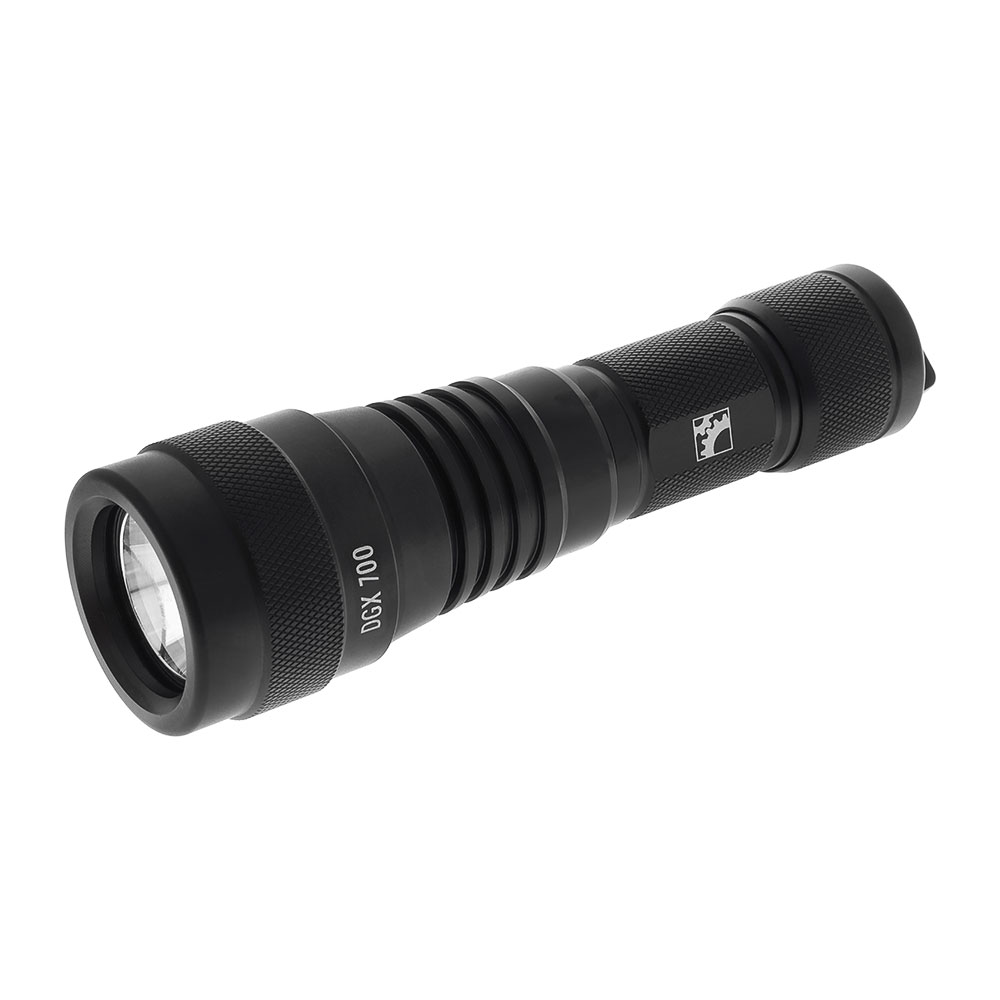Completely fine for day/night recreational dives but would you really not consider something stronger (but mainly with higher redundancy) if you were penetrating a deeper wreck or even more a cave?
I think you're off a bit, there. A very low-powered light is really not very useful on a day dive when you have reasonable ambient light.
I.e. if I'm doing a reef dive in nice clear water, on a nice sunny day, a 200 lumen light is probably not even worth taking in the water. But, a 1000 lumen light is.
On those kind of dives, you're using your light to shine in holes, under ledges, etc.. When there's a lot of ambient light around you, a weak light is going to be barely perceptible, even shined into a dark area.
On the other hand, a weaker light is often plenty good on a night dive. I usually use a 1000 lumen video light on night dives. With a really wide beam, that 1000 lumens does not light up any particular spot very brightly. But, as my eyes are adjusted to the dark (because we're talking about a night dive), that light is plenty and has the added benefit that it doesn't blind the critters I'm looking for as badly.
"1000 lumen" lights are so affordable nowadays, there's really not much reason to buy anything less. A light with a Cree XM-L2 LED emitter and a single 18650 battery is that type of light. They're inexpensive and will generally burn for a good 90 minutes.
A Luminus SST-40 LED emitter is newer and better, but in the same general class.
A 21700 battery is 50% more capacity, so will give 50% more burn time.
An XM-L2 with an 18650 was the Gold Standard for backup lights.
I think an SST-40 with a 21700 is poised to be the new Gold Standard for backup lights.
However, an XM-L2 with a 21700 is a really good setup, too. It won't go as bright on its highest setting as a light with an SST-40 (which will comfortably run at 1700 lumens), but it will do 1000 and give a much better burn time than the same thing with an 18650 battery.
Which brings me to my current trinity of backup light choices.
DGX700 - XM-L2/21700. Pro: Twist on for best reliability. Con: Only one brightness.
Orcatorch D710 - Luminus ??/21700. Pro: Multiple brightnesses. Con: Push button, which means potential for accidental turn-ons. Not any brighter than DGX700, despite their claims.
Dive Rite CX2 - SST-40/21700. Pro: Multiple brightnesses. Brighter on max then the other 2. Con: Push button. Too long and a bit too thick for my preference in a backup light.
I have a small video light that is twist on/off. If you twist if off and back on quickly, it toggles between high brightness and low brightness. So, I KNOW that a light can be made that is twist on/off, and has multiple brightness levels.
I'm waiting for the Unicorn (speaking figuratively) backup light, which would be:
- Twist on/off
- 2 brightness levels (1500 and 750 lumens)
- 21700 battery
- Luminus SST-40 LED emitter
- size and shape of the DGX700 or D710
I keep hoping DGX will update the DGX700 to this. Change the LED and the electronics with it and done.
Meanwhile, we wait....






